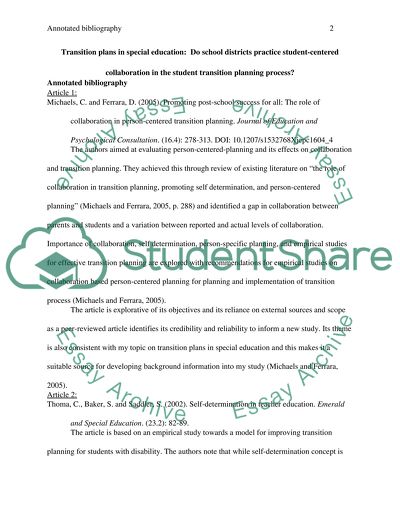Cite this document
(“Transition Plans for Special Education Students Essay”, n.d.)
Retrieved from https://studentshare.org/education/1627692-transition-plans-for-special-education-students
Retrieved from https://studentshare.org/education/1627692-transition-plans-for-special-education-students
(Transition Plans for Special Education Students Essay)
https://studentshare.org/education/1627692-transition-plans-for-special-education-students.
https://studentshare.org/education/1627692-transition-plans-for-special-education-students.
“Transition Plans for Special Education Students Essay”, n.d. https://studentshare.org/education/1627692-transition-plans-for-special-education-students.


